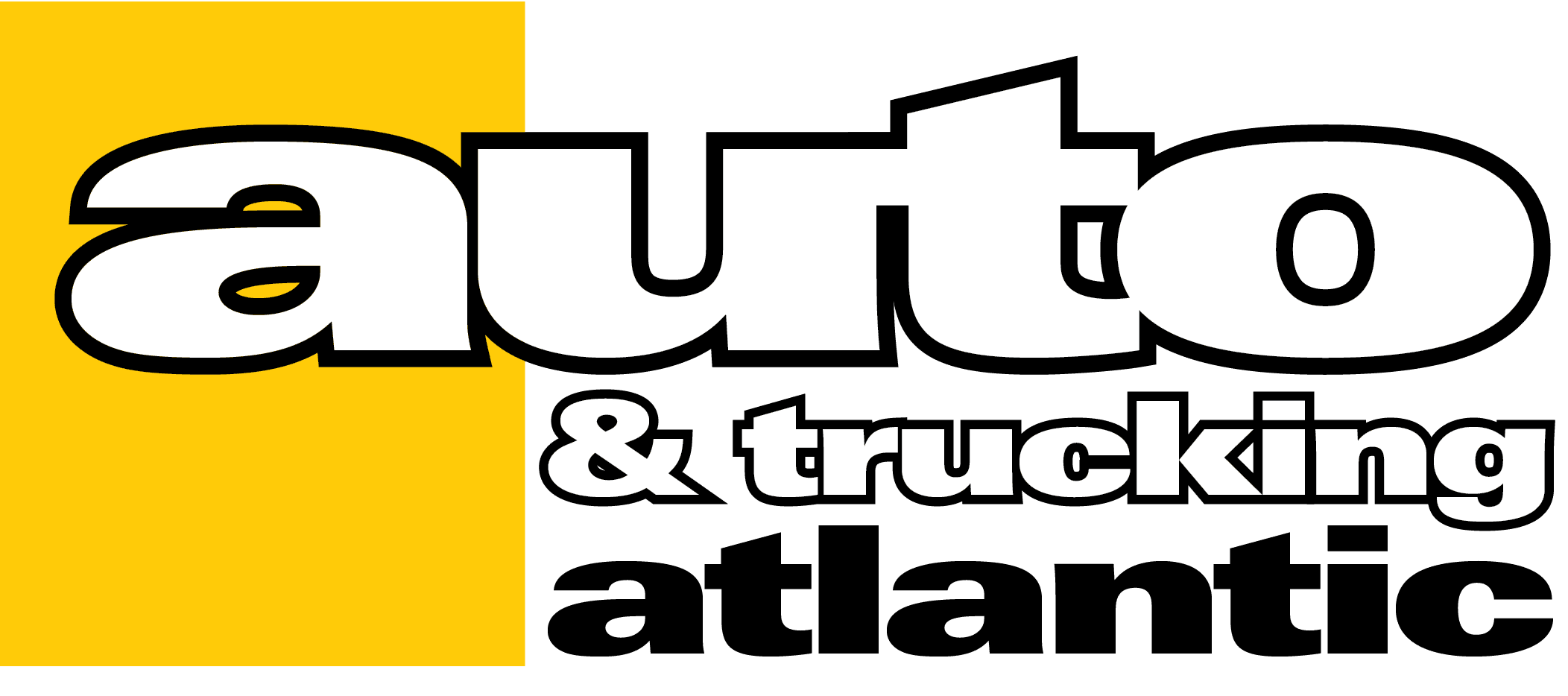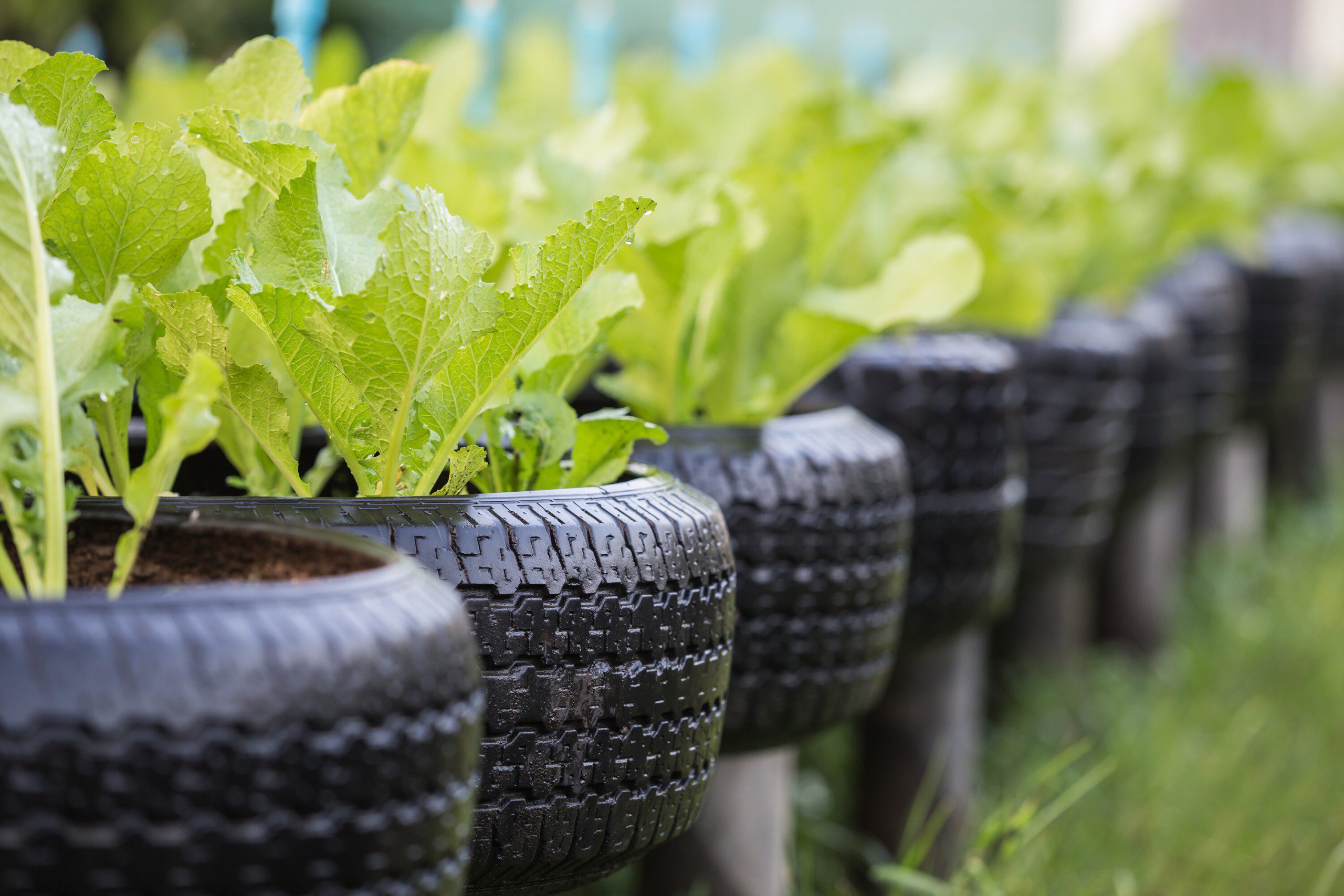With innovative products ranging from pothole filler to playground foundations, the possibilities generated by repurposing end-of-life tires appears endless.
By Carter Hammett
Whether its new highway stretches, sound-proof walls or playground equipment, it turns out there really is life after end-of-life for tires.
You may be surprised to notice that mulch in your garden is lasting longer these days.
By adding rubber to asphalt liquid, pavement life is significantly increased. Rubber-modified asphalt binders can be used in open-graded asphalt mixtures which claim to reduce vehicle spray and hydroplaning.
While visiting a social purpose enterprise in Cambodia a few years ago, I was struck by the diversity of goods being offered for sale. One of these included a line of handbags made entirely from repurposed tires.
Ottawa Ontario is one of Canada’s leading pothole creators. A saavy engineer decided to create a method of reducing pothole frequency by creating a volume of crushed stone and putting it in a thin-walled tire. Once the aggregates are confined within, moisture could no longer enter, which in turn reduced those pesky potholes, saving you mucho deneros in the process.
Those are just a few of the innovations that have been produced by end-of-life tire (ELT) recycling and, when mixed with technological advances, the possibilities appear endless. More than this, however, is the recognition that ELTs can still pack value as either an energy source or as a secondary raw material. The process of ELT recovery can be both a green practice as well as a cost-effective method for generating new products. It’s unfortunate that many countries, however continue to send tires to landfill sites.

The World Business Council on Sustainable Development defines an end-of-life tire when it can’t be used safely on vehicles any longer. It’s estimated that one billion tires are generated annually and this sheer volume has made finding environmentally-sound ways of disposing and repurposing tires an industry priority.
According to the Tire Recycling Association of Canada, ELTs can create a lower-cost fuel source when located near a major fuel consumer like, say, a power plant. Tire-derived fuel is the major use for ELTs in both the US and Japan.
More interesting perhaps are the innovations generated by raw material production that ELTs can generate. When used in either shredded or whole forms, a huge range of products can be created, especially for civil engineering projects. This can include everything from embankments, road insulation and jetty bumpers.
When converted into crumb rubber, listen: running tracks, ground cover, sports fields, asphalt. The list goes on and on.
Tires are long-lasting, lightweight, permeable and good insulators. Why wouldn’t you use them?
Canadas tire recycling methods are unique, especially considering our smaller number of vehicles overall and greater distances, as well as variables like less urban density and varying processing technology.
So how does Canada perform on the global stage? According to The Canadian Association of Tire Recycling Agencies, Canada remains a solid performer in that nearly all regulated scrap tires available for Canadian collection are being recycled. With fair fees and a relatively transparent production process Canada appears to be in good shape.
The country also holds a fairly distinguished track record for innovative projects as well.

Alberta-based Eco-Flex has recently introduced the eco-wall, apparently the first recycled rubber fence in Canada. Actually, a sound barrier, the shield reduces sounds coming off a highway. With longevity predicted at up to a century and virtually no maintenance required, this is one product that’s um, gaining traction.
New Brunswick’s TRACC company produces a line of rubber mats called Tough Loc. These industrial-strength mats are used in horse stalls, garages and gyms throughout the Maritimes and are especially noted for their durability and tough design. The company claims its products’ aesthetic and quality are available in a diverse range of shapes, designs and engravings.
Euroshield out of Calgary has you covered in a rather unique way: all their shingles are made from recycled tires. Because tires don’t break down it makes the ideal material to have on your roof.
It’s products like these that demonstrate recycling can be both environmentally friendly while adding to a company’s bottom line. With the demands of a new generation reflecting changing values, a fickle public is prepared to seek out companies that reflect issues that are held near to the heart. Recycling innovations that remagine the possibilities of products once thought dead indicate new possibilities and new profit streams. The opportunities appear to be as endless as the benefits.
Used Tire Recycling Programs in Atlantic Canada
Newfoundland and Labrador
The Multi Materials Stewardship Board (MMSB)
Phone: (709) 753-0948
Toll-Free: 1-800-901-MMSB (6672)
Fax: (709) 753-0974
Website: http://mmsb.nl.ca
Nova Scotia
Resource Recovery Fund Board Inc. (RRFB Nova Scotia)
35 Commercial Street, Suite 400
Truro, Nova Scotia B2N 3H9
Phone: (902) 895-RRFB (7732)
Toll-free: 1-877-313-7732
In Truro, NS: (902) 895-7732
Website: http://divertns.ca
Prince Edward Island
Island Waste Management Corporation
Phone: 882-0525
Toll Free: 1-888-280-8111
Fax: 1-902-882-0520
Website: www.iwmc.pe.ca
New Brunswick
Recycle NB
Phone: (506) 454-8473
Toll Free: 1-888-322-8473
Fax: (506) 454-8471
Website: www.recyclenb.com

